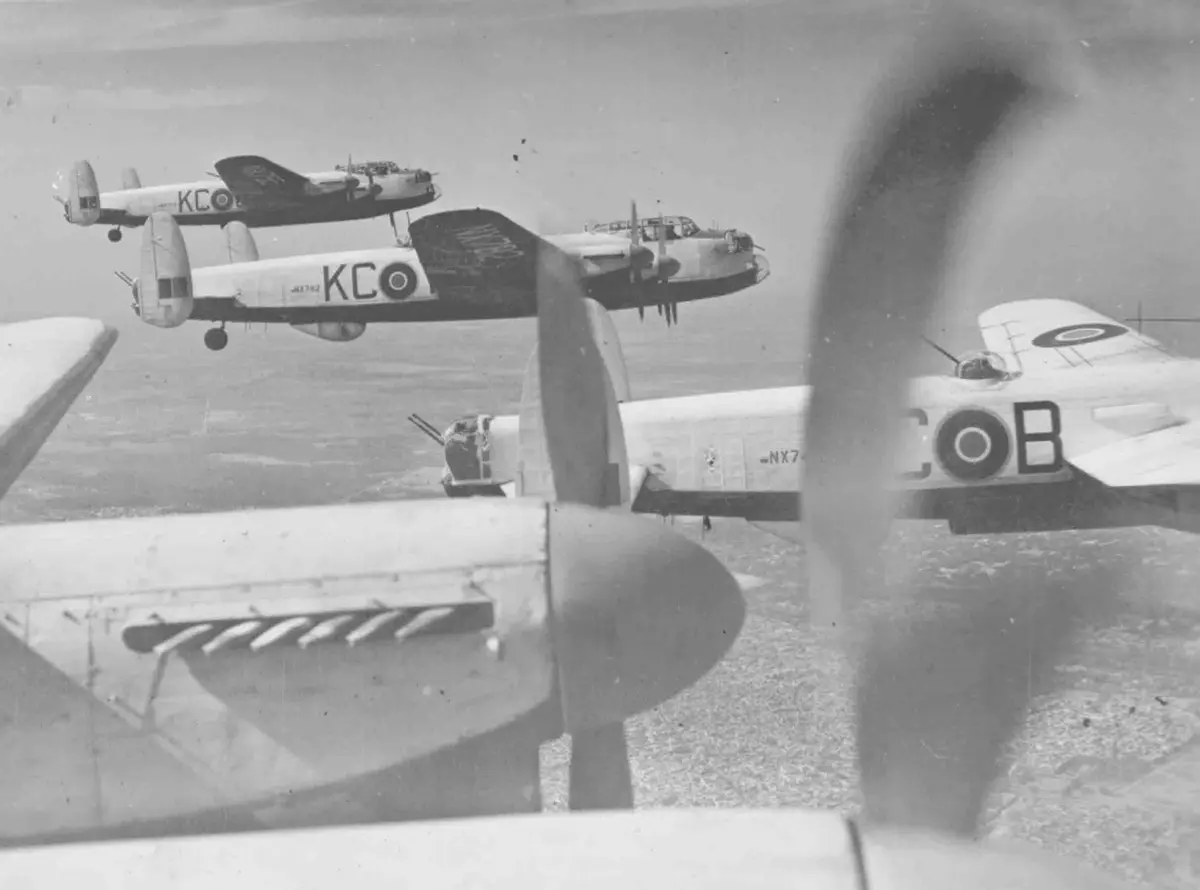
Feb
5
Virtual Lecture: Tiger Force: Bomber Command's Thwarted Campaign Against Japan
By RAF Museum
0
days
0
hrs
0
min
10
sec
hosted by
RAF Museum
share
Virtual Lecture: Tiger Force: Bomber Command's Thwarted Campaign Against Japan

Feb
5
By RAF Museum
0
days
0
hrs
0
min
10
sec
hosted by
RAF Museum
share